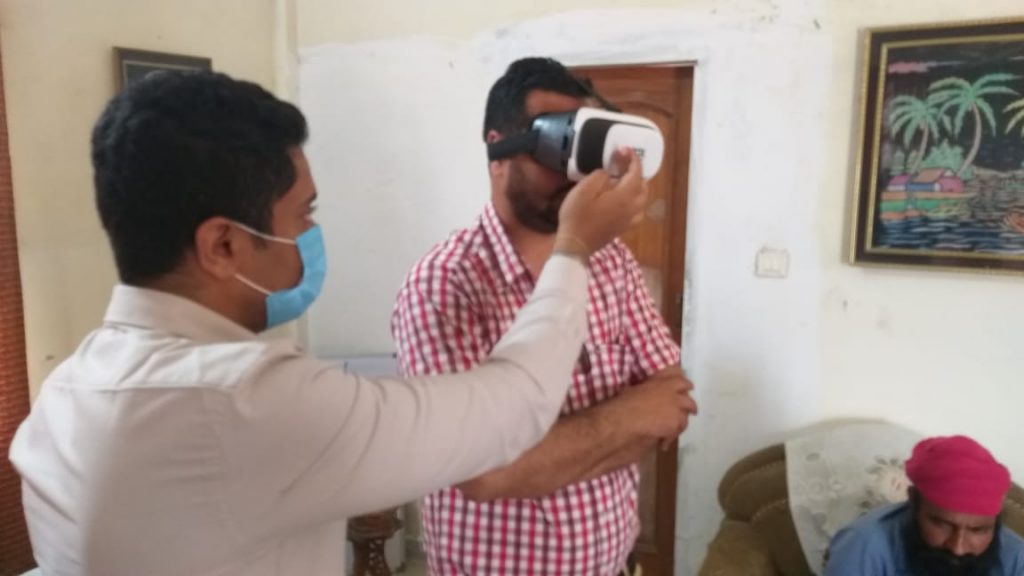
Learning typically comes from direct interactions with others. In most cases, it is our parents that pass along their knowledge and then this pattern expands to include other relatives, teachers, friends, and colleagues. The foundations of learning start immediately at birth, and some might argue, even before. This begs the question, are we predisposed to doing the same things generation after generation or can we advance the incremental steps of general improvement more quickly by introducing an immersive technology like virtual reality into the mix. And can we improve outcomes for global food security and environmental sustainability?
Every life being has an impact on their environment. Earth is constantly evolving to suit the needs of its inhabitants and vice versa. Many environmentalists point to the plight of the American Bison and Buffalo at the hands of new settlers over the centuries. But, as this article from Erick Dowell, THE BUFFA-LOW-DOWN: THE ECOLOGICAL PAST, PRESENT, AND FUTURE OF THE AMERICAN BISON, shares, buffalo did not exist just to satisfy the needs of the indigenous people, they interacted with the environment in many ways such as in limiting the spread of forests into grazing lands and in supporting better soil aeration from their journeys.
It is argued though, that mankind has had more impact on our environment than any other species. Our needs and desires for resources outstrips any other beings and we continue to mine, farm, extract and consume at exponentially high levels. With populations continuing to rise and levels expected at over 10 billion by 2100 as per the United Nations research, we are stressing our capacities in every way. Doing the same things that were passed on by our parents because “that was how they did it”, is no longer a sustainable practice.
Immersive learning by doing has been how we embed memories that guide us to decision making. That won’t change. Memories can’t be inserted using a drug or a chip, at least not in any near-term scenario. It is proven that using virtual reality (VR) and simulating learning can drive retention and understanding almost as good as by doing the immersive learning in real life. Now, we can train people in proper irrigation methods to optimize water use. We can have them experience crop growth with proper use of fertilizers and show them why using proper personal protection equipment when applying pesticides is good for them, their families, and the environment.
The possibilities of immersive learning are endless. However, we also need to have platforms that can be used by anyone, not just those who can afford the full headsets such as Oculus, Pico, HP, or others. Self-contained devices are the best for a total experience, but we can use the smartphone as well. Either as a stand-alone with touch controls or within an inexpensive viewing device for a more contained experience.
Immersive digital learning can change the world by creating better awareness of the benefits of sustainable practices that benefit the over 600 million family farms in the world and all of us who rely on them.
